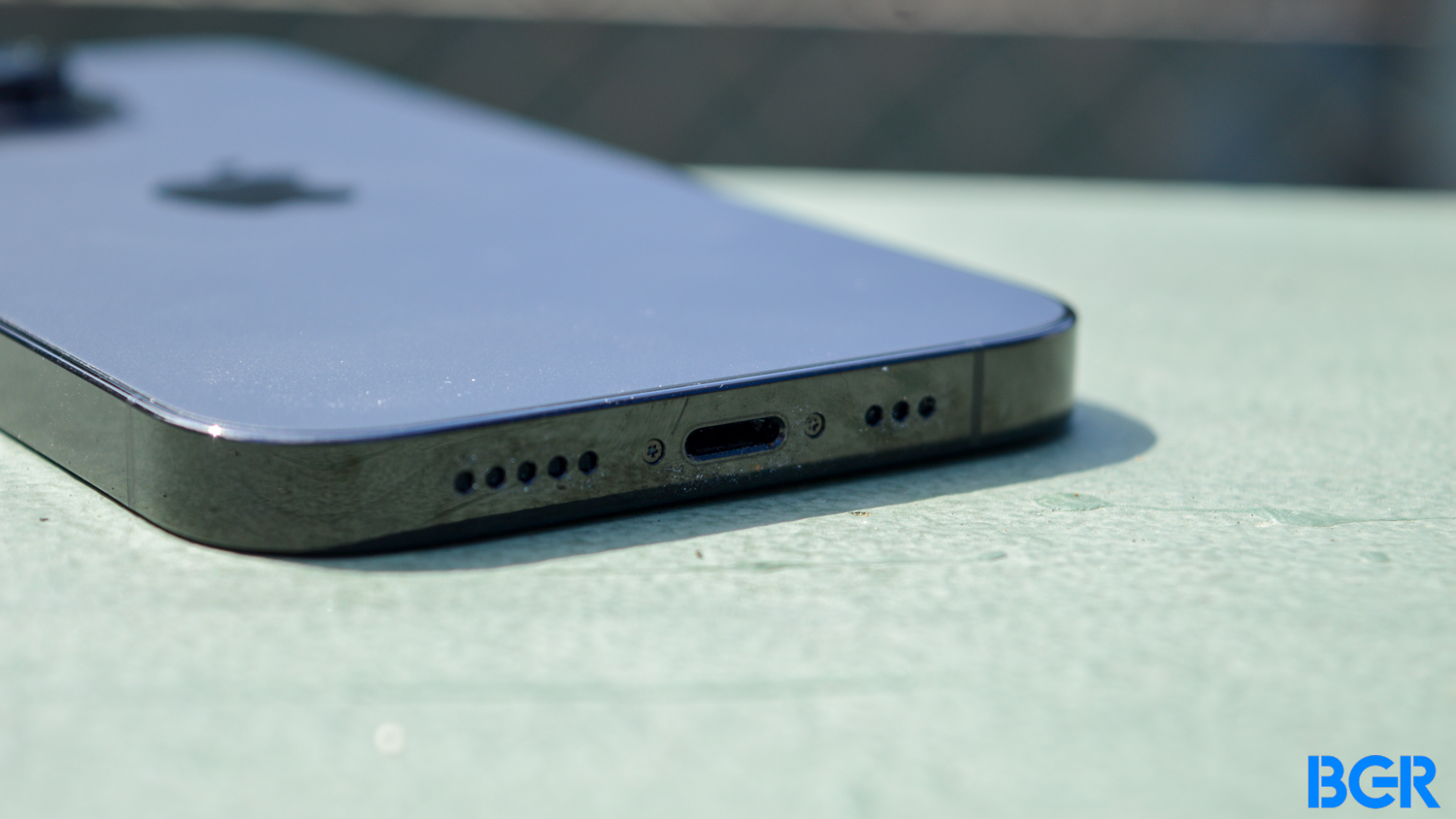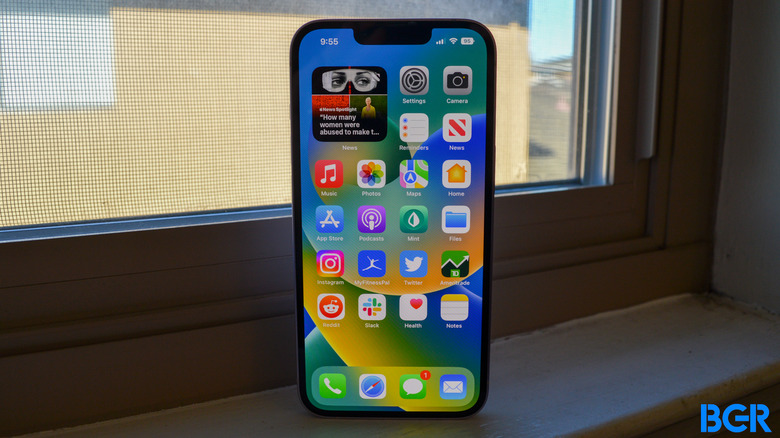Apple Confirms The iPhone Will Switch From Lightning To USB-C
We've been talking about the iPhone moving to USB-C connectivity instead of Lightning for years, and the iPhone 15 might be the first model to get the new charging port. It's not as much Apple's desire to leave Lighting behind as is pressure from regulators. The European Union has decided to make USB-C the standard battery charging port for various electronic devices, including smartphones like the iPhone.
That further fueled speculation that the iPhone 15 will transition to USB-C next year. The EU's deadline is 2024 for the switch, but any devices that launch before that deadline could still avoid the USB-C port, iPhone 15 included. While Apple isn't going to share secrets about next year's phone, the company confirmed for the first time that the iPhone is getting USB-C connectivity.
A few days ago, Apple unveiled the iPad 10, the last tablet in Apple's lineup to get USB-C connectivity. That effectively leaves the iPhone as the only major Apple product not supporting the connector prevalent on most Android devices. Also, accessories like the AirPods do not support USB-C connectivity yet, although Apple will surely move those to USB-C in the future.
Apple marketing head Greg Joswiak is the high-ranking exec who confirmed that Apple would comply with European law. "We'll have to comply, we have no choice," Joswiak told The Wall Street Journal's Joanna Stern in an interview.
But the marketing chief did defend Apple's decision to stick with Lightning. The connector is a good charger, with more than a billion people using it. These iPhone users already have the infrastructure in place for iPhones, he said.

Moreover, he brought up Apple's opposition to governments dictating such stringent terms. Apple argued before that such laws could stifle innovation. In his remarks, Joswiak said that regulators once wanted to make microUSB the standard charging port on mobile devices. He pointed out that Lightning and USB-C wouldn't have existed in such a scenario.
Similarly, the marketing chief gave an example of hearing aid laws related to smartphones and how Apple went about deploying its own solution rather than adopting a standard.
Marketing defenses aside, Joswiak kept clear about committing to any timelines. He never mentioned the next-gen iPhone as the model to get the USB-C port, even though it seems the iPhone 15 is the likeliest model to be the first USB-C iPhone in Apple's history.
Similarly, Joswiak did not address other Apple initiatives that would allow the company to skirt USB-C rules. Like the portless iPhone that keeps appearing in rumors. That sort of device would probably recharge wirelessly over MagSafe. The wireless charger, however, might need a USB-C port. All of that is speculation at this time.
Apple's Craig Federighi and Greg Joswiak (@gregjoz) join @JoannaStern at #WSJTechLive to discuss products, privacy and power at the tech giant https://t.co/fNo2JGwMB4 https://t.co/aGrTlZrUo4
— The Wall Street Journal (@WSJ) October 26, 2022
You can watch The Journal's entire Tech Live interview above, which starts with the iPhone USB-C segment.
More Apple coverage: Check out the best Apple deals online right now.
